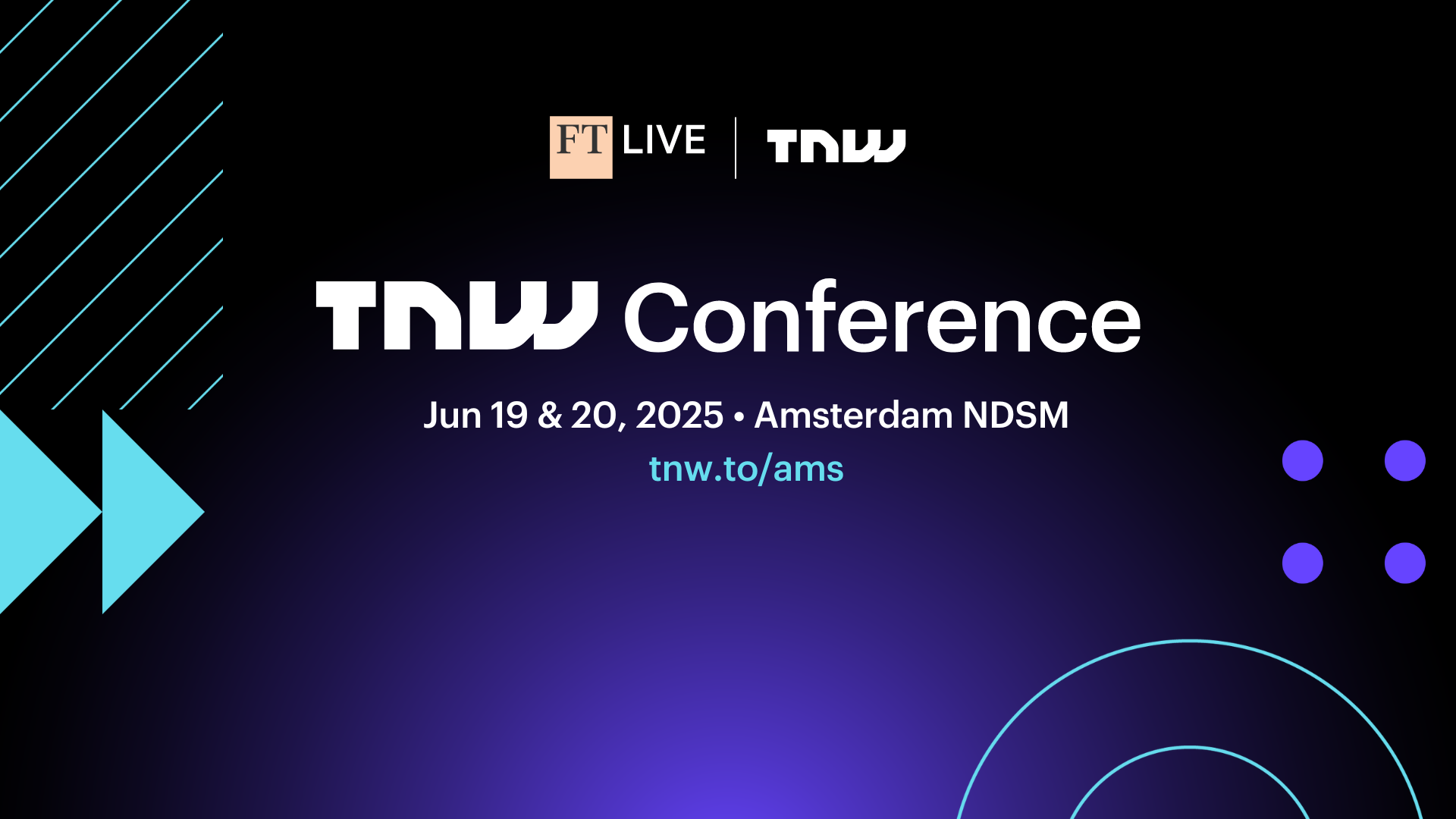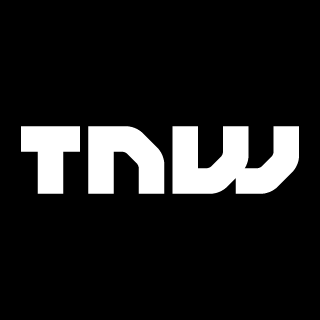


The heart of tech <3
TNW Conference - Europe's leading tech festival - June 20-21, 2024
TNW Conference - Europe's leading tech festival - June 20-21, 2024
196 أشخاص أعجبو بهذا
0 المنشورات
0 الصور
0 الفيديوهات



